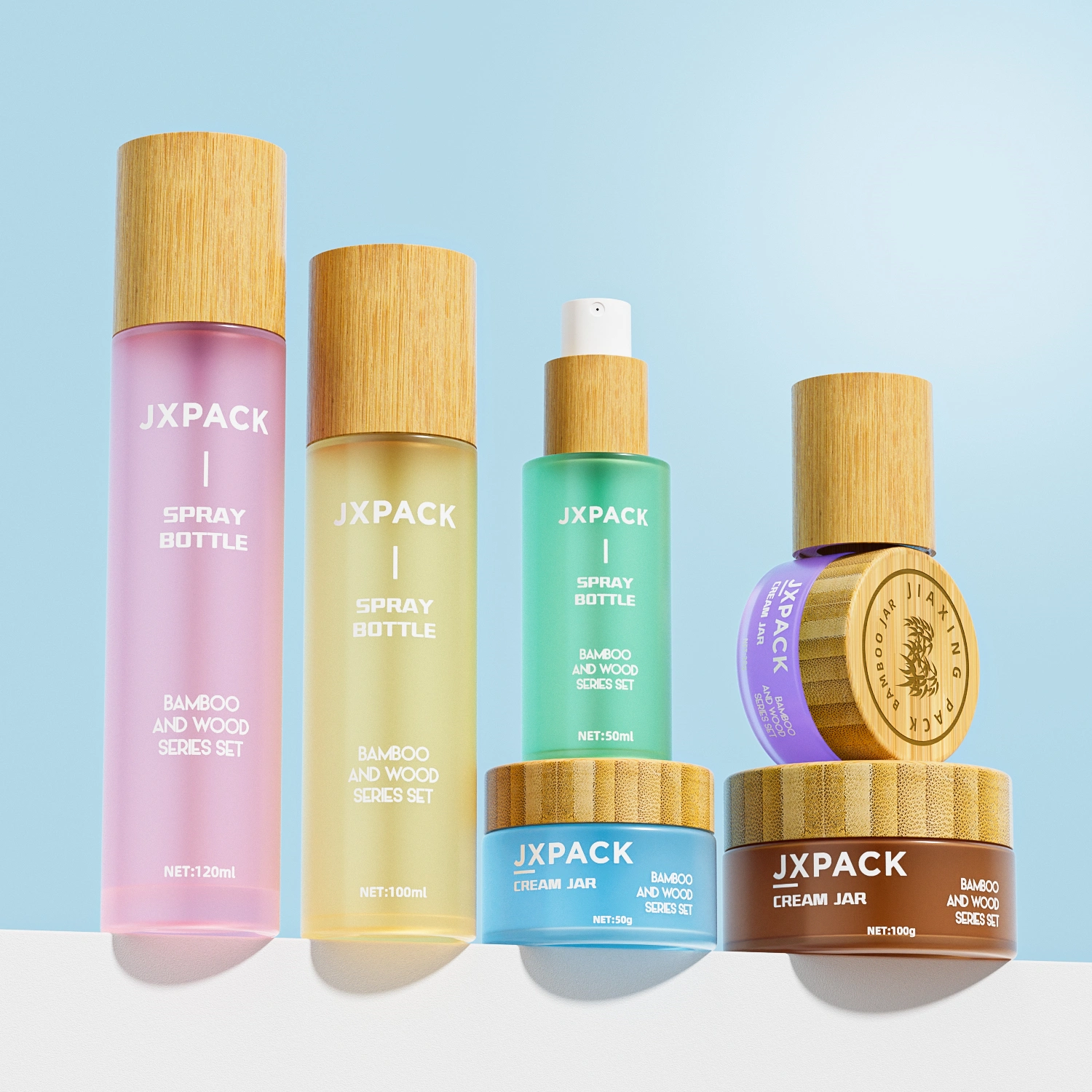Walk into any premium beauty store and one trend stands out—cosmetic skincare packaging is designed not just to protect, but to enchant. From eco-conscious jars to art-inspired tubes, modern brands treat packaging design as a first touchpoint for their values, story, and luxury appeal. At the heart of this evolution, bamboo and oriental aesthetics have emerged as powerful symbols, blending ancient wisdom, nature’s purity, and contemporary sophistication. Not only do these elements offer a beautiful sensorial experience, but they also speak directly to the heart of sustainability-focused consumers, forging a connection between heritage and forward-thinking beauty.
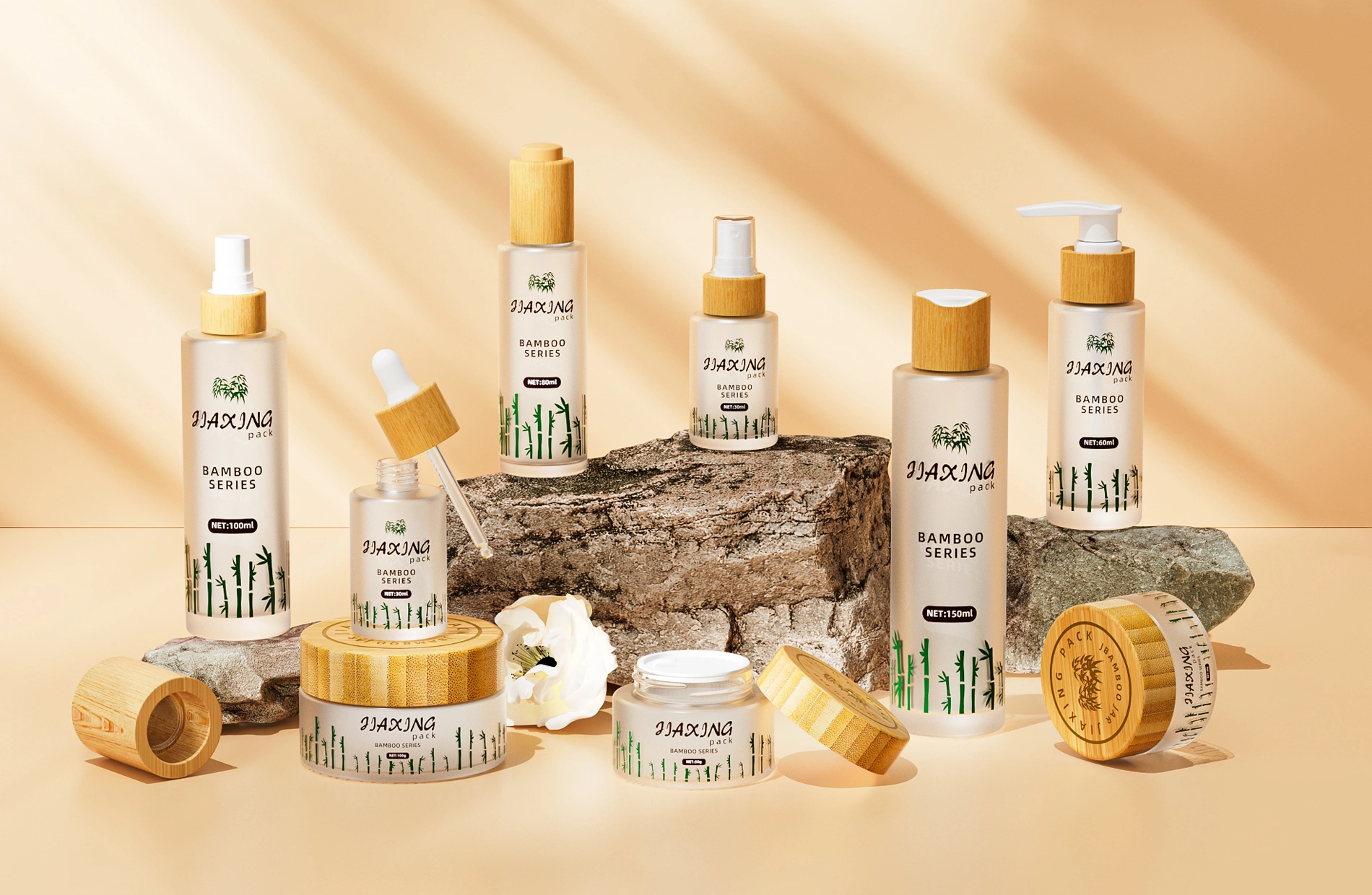
1. The Timeless Significance of Bamboo
Bamboo as a Pillar of Asian Culture
Across vast regions of Asia, bamboo is known as more than a plant—it’s revered as a symbol, a resource, and even a way of life. In China, it is celebrated alongside plum blossom, orchid, and chrysanthemum as one of the “Four Gentlemen,”representing the virtues of a scholar: uprightness, modesty, resolve, and integrity. Its hollow yet firm stem denotes humility and the capacity for spiritual growth, while its resilience in storms makes it a metaphor for perseverance in adversity.
In Japan, bamboo features prominently in folklore, religion, and everyday language. It signifies purity and innocence, strength and prosperity, and is said to ward off evil spirits when used in festivals or as sacred barriers in temple gardens. Festivals like Tanabata decorate bamboo grass with wishes, and traditional tales, like The Tale of the Bamboo Cutter, tie cosmic mystery to its roots.
Bamboo in Philosophy and Symbolism
Bamboo’s recurring presence in art, poetry, and philosophy exemplifies the Asian ethos of balance, flexibility, and honor. Ancient Chinese poets praised bamboo for “its deep root denotes steadiness; its tall, straight stem represents honor; its hollow interior modesty and its clean exterior exemplifies chastity.” It’s considered the “gentleman” among plants, a symbol of positive character and resilience in the face of hardship.
In Buddhism, bamboo’s hollow structure serves as a reminder of emptiness—the idea of letting go of ego and worldly desires, which is essential for enlightenment and inner peace. Zen gardens utilize bamboo to create tranquil environments, helping people cultivate mindfulness and appreciate the simplicity of nature.
Bamboo’s Role in Daily Life and Sustainability
Beyond symbolism, bamboo has shaped daily life and history. It’s been used to build homes, furniture, bridges, and tools, lauded for its strength, flexibility, and renewability. In ancient China, bamboo strips served as writing material long before paper, preserving culture and history for generations. Its shoots, leaves, and stems provide sustenance and shelter to both people and animals, from pandas to livestock, reinforcing its role as a nurturer of life.
Modern times have rekindled bamboo’s reputation as an eco-friendly marvel. It grows rapidly, needing no pesticides and little water, and is naturally biodegradable—making it the perfect choice for sustainable packaging in cosmetics. Its antimicrobial properties help keep beauty products safe and fresh, while its versatility allows designers and artisans to innovate with form and function.
Bamboo as a Bridge to Contemporary Values
The resurgence of bamboo in beauty packaging is not merely about aesthetic nostalgia; it’s a way for brands to honor tradition while championing environmental stewardship. By weaving bamboo’s story into packaging, brands signal authenticity, responsibility, and a connection to cultural wisdom. In a globalized world, this bridge between past and future—one that respects cultural heritage and ecological urgency—resonates with consumers who are increasingly conscious of their choices.
Inspiring Modern Creativity
Today, the spirit of bamboo inspires not only Asian but global designers. Its appearance in luxury skincare—where jars, caps, and wraps are crafted to evoke both ancient elegance and modern sophistication—serves as a tactile reminder that beauty lies in harmony with nature. Brands use bamboo-textured embossing, elegant calligraphy, and minimalist shapes to capture the plant’s essence, ensuring that each package tells a story of resilience, purity, and mindful living.
Some packaging is designed to be refilled or repurposed, reflecting bamboo’s lesson of sustainability and longevity. This movement turns everyday skincare rituals into acts of environmental kindness, making the consumer feel connected to a grand tradition while looking toward a greener future.
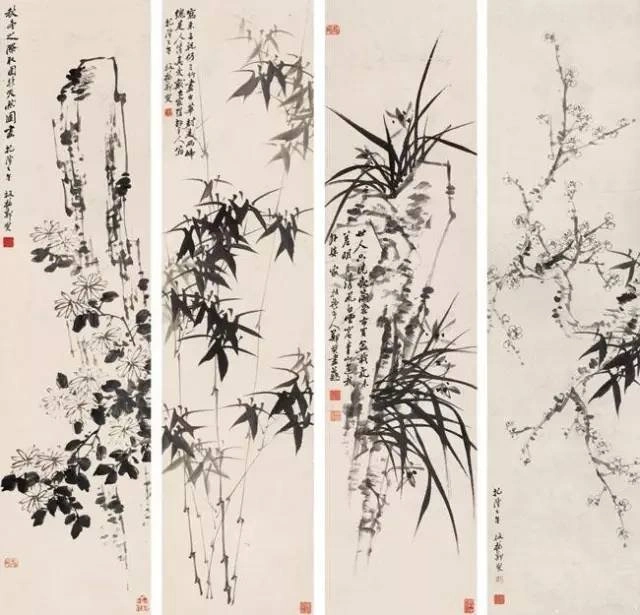
2. Bamboo in Oriental Culture and Beauty
Symbolism and History
Bamboo’s role in Asian cultures is profound. Revered in China, Japan, and Korea, it embodies strength through flexibility, resilience through simplicity, and humble elegance. Its upright stalks are immortalized in ancient poetry and calligraphy, celebrated for standing tall regardless of wind or rain—a metaphor for virtuous character. This legacy naturally found its way into beauty rituals, where bamboo was used for tools, brushes, and even traditional skincare solutions like bamboo sap and charcoal.
Bamboo in Modern Skincare
In contemporary beauty, bamboo’s symbolism continues to inspire product design, ingredient selection, and packaging innovation. Korean brands such as Innisfree and Nature Republic showcase bamboo-infused lines, drawing on the plant’s historical role in hydration, purification, and healing. Bamboo extracts are valued for their anti-inflammatory properties, high silica content, and ability to soothe sensitive skin—qualities referenced in both ancient medicine and modern cosmetic science.
Packaging designs often evoke traditional bamboo motifs, connecting the consumer with a sense of cultural heritage and natural simplicity. Jars, lids, and outer boxes crafted from actual bamboo provide tactile delight and reinforce eco-friendly values. The use of bamboo in packaging also supports sustainability initiatives in the beauty industry, as bamboo is rapidly renewable, biodegradable, and naturally antimicrobial.
By honoring the plant’s legacy in material, design, and meaning, brands bridge the wisdom of the past with the innovation of the present. Whether in skincare rituals or product presentation, bamboo continues to embody both beauty and virtue, whispering stories of resilience, humility, and harmony every time a consumer opens a jar or applies a serum.
3. Oriental Aesthetics in Beauty and Design
Philosophical Foundations
Oriental aesthetics offer a rich philosophical framework to modern packaging design, drawing on principles such as wabi-sabi (the beauty of imperfection), ma (the creative use of emptiness and negative space), and zen-inspired minimalism. These values guide designers to balance simplicity, harmony, and nuanced elegance—promoting calm and focus while elevating the sensory experience of beauty routines.
Packaging inspired by these principles often utilizes soft earthy tones, luxurious yet simple textures, and brush-style calligraphy to evoke an organic tranquility. White space is leveraged intentionally, much like in traditional Chinese and Japanese art, drawing attention to key elements and creating a breathing room that invites introspection. The ritual of unboxing is transformed into a mindful act—every detail, from delicate bamboo-leaf motifs to smooth, stone-like surfaces, is chosen to slow down the consumer and encourage savoring each moment.
Chinese diffuser brand ‘To Summer’ exemplifies these concepts by applying Song-style fonts, octagonal logos, and significant white space, all combining to form a visual system that conveys cultural depth and contemporary flair while making brand communication effortless and memorable.
Brand Examples
Leading Asian and Western brands blend oriental aesthetics with sustainability to stunning effect. Chinese luxury brand Florasis incorporates classical paintings and poetic texts into its palettes and lipsticks, reflecting the cultural elegance of traditional beauty. Japanese innovator Shiseido treats each product as a minimalist art piece, marrying ancient decorum with modern sleekness. Brands like Elate Cosmetics and Zao Organic Makeup use refillable bamboo cases, combining eco-luxury with a nod to timeless Eastern design values—showcasing environmental responsibility and aesthetic sophistication.
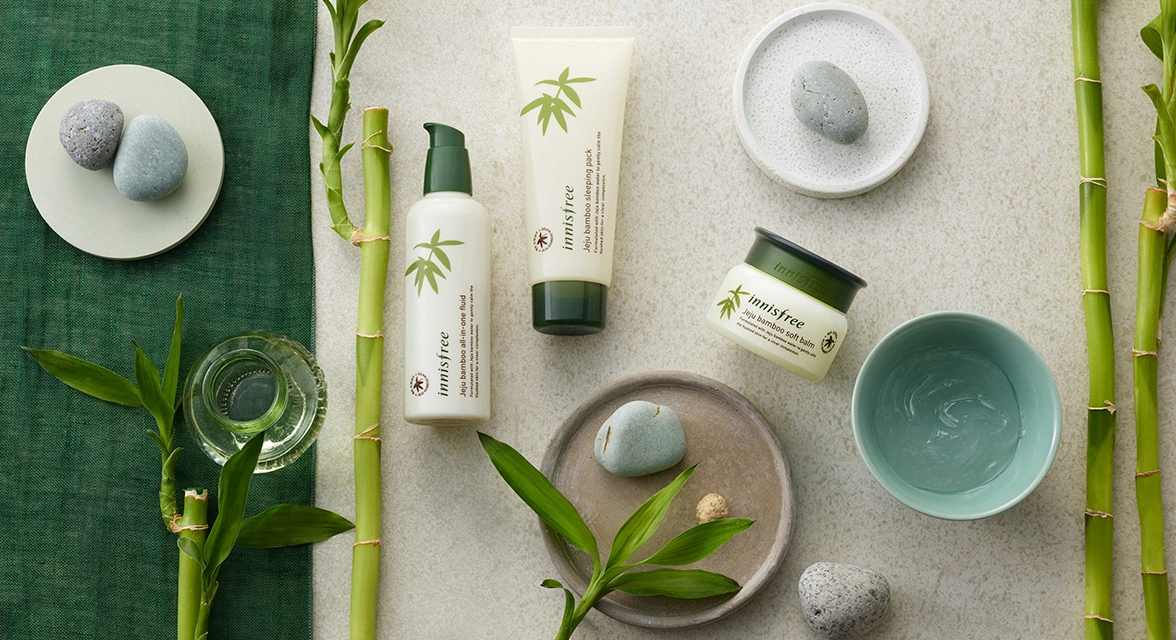
4. Evolution of Cosmetic Skincare Packaging
From Utility to Experience
Cosmetic packaging has undergone a dramatic transformation over time. In the past, containers functioned purely as vessels, focused on practicality, safety, and product preservation. As the beauty market grew more competitive, packaging began to take on an added significance. Today’s consumers—especially those in the Millennial and Gen Z cohorts—demand more than just efficacy; they look for products that embody transparency, ethics, and emotional resonance. This shift has turned packaging into a storytelling device, with brands leveraging design to create memorable and engaging unboxing rituals that spark loyalty and encourage repeat purchases.
Materials now serve dual roles: protecting product integrity while signaling sustainability, luxury, and brand values. Thoughtful branding, elegant tactile finishes, and recyclable or biodegradable components have become essential for differentiation in an increasingly saturated marketplace. Packaging design now embraces artistry, environmental consciousness, and sensory delight—transforming the routine of using a product into a self-care ceremony.
Consumer Trends
Modern buyers—chiefly Gen Z and Millennials—actively seek out “clean beauty” options, increasingly evaluating packaging for its environmental impact, toxin-free composition, and representation of personal and cultural stories. There is a growing preference for packages that are recyclable, made of natural materials like bamboo, and devoid of unnecessary waste. These audiences favor brands that reflect authenticity and inclusivity in both product and presentation.
Limited edition collaborations, seasonal launches, and bundled sets with bamboo and oriental accents are now popular as gifts and as milestones for personal care. The move toward transparency and responsibility fosters stronger trust between brands and customers, paving the way for continued innovation in eco-luxury packaging.
5. The Fusion: Bamboo + Oriental Aesthetics in Skincare Packaging
Material Innovation
Bamboo offers unparalleled environmental benefits for skincare packaging. It is one of the fastest-growing renewable resources in the world, reaching harvest maturity within three to five years—far shorter than conventional hardwoods. Its rapid growth reduces deforestation risk, and bamboo cultivation requires little to no chemical fertilizers or pesticides, supporting a healthier ecosystem. Unlike petroleum-based plastics, bamboo is naturally biodegradable, breaking down quickly and returning nutrients to the earth rather than contributing to landfill and microplastic pollution. As a packaging material, bamboo is strong, lightweight, and luxurious, making it perfect for beauty products requiring both durability and elegant presentation. Its antimicrobial properties help protect sensitive skincare formulations, and its organic texture and warm grain appeal to eco-conscious consumers seeking authenticity and sophistication.
Design Inspiration
Brands achieve a blend of tradition and innovation by integrating bamboo with modern elements: laser engraving delivers subtle ornamentation, hot-stamped metallic details add contemporary flair, and custom silk-screened art on natural surfaces tells a visual story. Minimalist jar shapes echo oriental pottery, while brush-style calligraphy and botanical motifs connect products to centuries of artistic heritage. Packaging is increasingly designed to be refillable or upcyclable, reinforcing stewardship and longevity. Some brands pair glass or ceramic vessels with bamboo lids, achieving harmony between traditional material excellence and contemporary eco-luxury aesthetics.
Packaging Narratives
Storytelling is central to the fusion of bamboo and oriental aesthetics. Sulwhasoo, for instance, employs bamboo imagery and tactile finishes in branding and product packaging, reflecting its philosophy of combining ancient Korean herbal wisdom with advanced science. Clean Skin Club’s Luxe Bamboo Box has gained fans for its blend of function and beauty—a sturdy, sustainable organizer that complements high-end skincare rituals while minimizing environmental impact. These packages do more than protect formulas; they embody the brand’s values, reinforcing authenticity, responsibility, and care for the planet. Through thoughtful design and material choices, brands transform everyday beauty routines into meaningful, eco-conscious experiences.
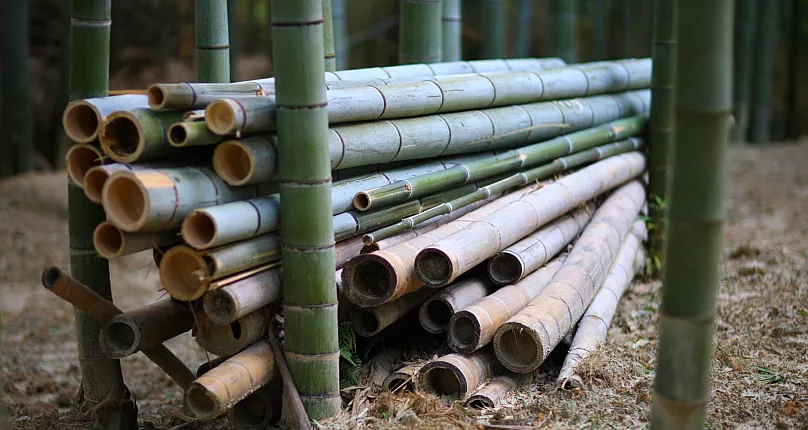
6. Challenges and Considerations
Material Performance
While bamboo packaging delivers substantial sustainability advantages, it faces several technical challenges in the cosmetic sector. Moisture resistance and long-term durability are essential for preserving active skincare ingredients; untreated bamboo can absorb humidity and warp, potentially affecting product integrity. The transformation of raw bamboo into cosmetic-grade packaging often involves precision tools and skilled craftsmanship, elevating manufacturing costs and requiring strict quality control. To resolve these limitations, companies are blending bamboo with biodegradable plastics or using protective coatings—balancing eco-friendliness and shelf-life for premium skincare applications. As demand grows, developing scalable, cost-effective, and stable production is a key hurdle for widespread adoption.
Design Pitfalls & Authenticity
Brands risk alienating savvy consumers if the use of bamboo is superficial or solely for marketing purposes. Excessively traditional motifs can feel clichéd or kitsch, while insufficient cultural reference strips the design of its unique appeal. “Greenwashing”—the act of claiming sustainability without substantiated environmental practices—is a major credibility risk, especially as consumers become more informed and regulations grow stricter. To succeed, brands must provide certifications, transparent sourcing, and clear communication of eco claims. The best designs honor regional aesthetics without stereotyping, and integrate bamboo meaningfully into both brand narrative and functional innovation.
Brand Strategy Balance
Achieving true luxury in eco-packaging lies in harmonizing sustainability, tactile sophistication, and cultural narrative. Bamboo containers should feel premium but responsible, blending ancient inspiration with sleek, modern lines for broad market appeal. Leading brands invest in custom artwork, unique forms, and artisanal finishes, supported by honest stories about sourcing and design intent. This integration of environmental, emotional, and cultural value ensures packaging delivers not only protection and beauty, but also brand trust and legitimacy.
7. Lifecycle and End-of-Use Analysis: Bamboo Cosmetic Packaging
Recycling and Composting
Bamboo cosmetic packaging stands out for its end-of-life advantages. Most single-use bamboo containers—whether jars, bottles, or sachets—can be composted, breaking down in as little as 2–6 months under home or industrial composting conditions. Unlike plastic, they don’t leave harmful microplastics or toxic residues, making bamboo packaging a fit for zero-waste lifestyles. Some brands use blends of bamboo and bioplastics (e.g., PLA), which can also be recycled or composted, though composting rates may vary depending on added materials.
Upcycling Ideas
Beyond disposal, bamboo packaging invites creative upcycling. Empty jars can become mini plant pots, organizers, or decorative holders for makeup brushes and pens. Some brands encourage consumers to repurpose packaging with online DIY tutorials, which not only diverts waste but strengthens brand loyalty and customer engagement.
Refill and Return Initiatives
Innovation is accelerating with refillable bamboo designs: these let consumers reuse the exterior container by swapping out an inner pod or cartridge, keeping the bulk of the packaging out of the waste stream. Luxury brands like Kjaer Weis and Tata Harper now offer magnetic refill pods and fiber sachets, leading the way toward circular beauty consumption. A few forward-thinking companies have launched “bamboo return programs,” where used jars and bottles can be shipped back for sanitizing and reuse—thus lowering carbon footprints and championing full-cycle responsibility.
Closing the Loop
Factories increasingly upcycle bamboo offcuts from packaging production into cosmetic brushes, spatulas, or display accessories, embodying zero-waste manufacturing. Research is underway into bamboo-derived bioplastics to replace conventional jar lids and pumps, furthering the compostable packaging revolution. These steps help brands and consumers alike move toward a truly circular economy, where products are given multiple lives and ultimately return to the earth with minimal environmental impact.
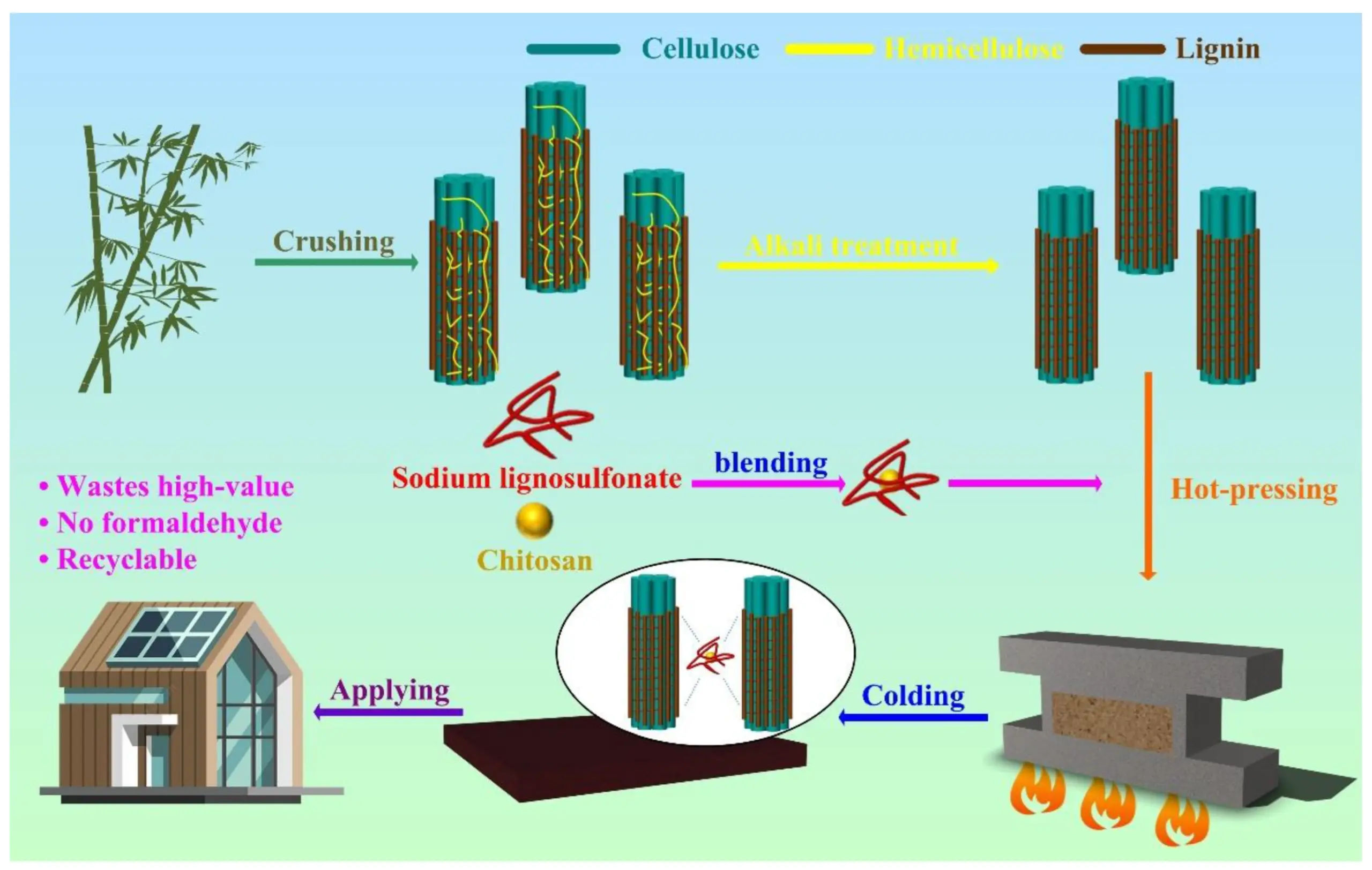
8. Social Media and Influencer Impact
Social media—especially Instagram, TikTok, and YouTube—has revolutionized how eco-friendly packaging, including bamboo, is shared, reviewed, and promoted in the beauty industry. Brands like Zao Organic Makeup and Elate Cosmetics routinely showcase their refillable bamboo packaging in tutorials, unboxing videos, and #shelfie posts, creating a visual and emotional connection with millions of sustainability-conscious followers. Content often focuses on the tactile beauty and practical appeal of bamboo, while influencers explain the environmental benefits and how these containers reinforce low-waste beauty routines.
Influencer marketing is exceptionally powerful in this space. Studies show that credibility, authenticity, and values alignment of beauty creators fuel positive purchase intentions and drive market adoption of sustainable packaging. Eco-influencers leverage their platforms to educate on the pitfalls of single-use plastics, share genuine reviews, and demonstrate the practicality of refillable or upcycled bamboo jars. Their tutorials and authentic endorsements make brand eco-claims more credible—and frequently inspire followers to switch to greener options.
Beyond singular endorsements, brands create buzz through interactive campaigns such as refill incentives, user-generated style contests, and “before-and-after” posts demonstrating packaging reuse. The visual storytelling online is not just about sales; it shapes the narrative of what “luxury” means in beauty—making bamboo an emblem of modern self-care and environmental awareness.
9. The Future of Bamboo and Oriental Aesthetic Packaging in Beauty
Sustainability as Luxury
Eco-consciousness is now the marker of true luxury in beauty. Bamboo packaging, renowned for its renewability, low resource use, and compostability, is expected to grow rapidly in the premium skincare market. Recent reports forecast the global bamboo cosmetic packaging market to reach nearly USD 750 million by 2032, with a robust CAGR of 6.8%, driven by consumer demand, regulatory pushes against plastic, and the rise of natural cosmetics. Its natural sophistication and reduced carbon footprint reflect the new definition of high-value beauty: one intimately tied to environmental stewardship, wellness, and exclusivity.
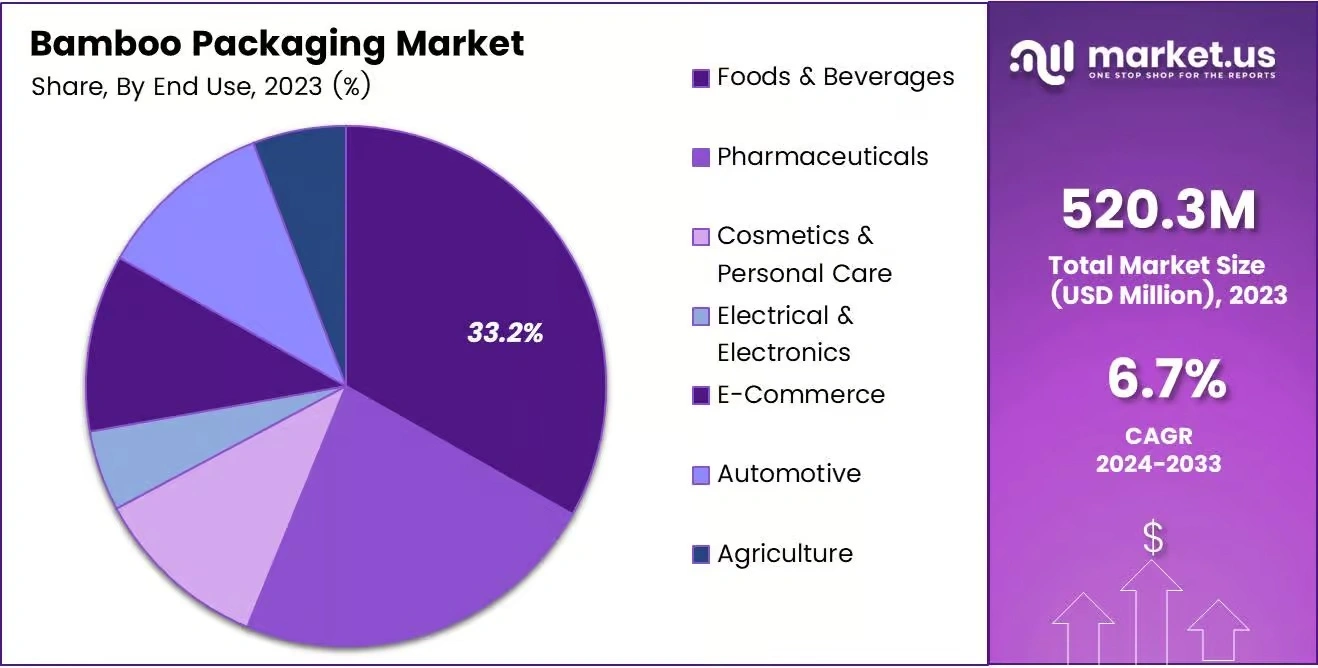
Technology Meets Tradition
The next evolution is digital: brands are embedding QR codes in bamboo caps to offer product guidance, ritual tutorials, or sustainability stories. AI-powered refills and customization platforms enable consumers to minimize waste and enjoy personalized skincare routines—all while engaging with tactile, laser-engraved bamboo containers that double as decor or keepsakes. This blend of smart features and timeless materials creates deeper brand engagement and a lasting, multi-sensory experience.
Cultural Revival
Bamboo packaging enables brands to share artisan stories—the journey from sustainable bamboo fields to finished eco-dyed jars inscribed with motifs from local myths. Showcasing traditional craftsmanship in the design, brands draw consumers into a cycle of wisdom and care, connecting modern beauty rituals with cross-generational narratives and cultural depth.
Globalization of Oriental Aesthetics
As beauty markets globalize, oriental aesthetics are influencing Western luxury brands as well. Limited-edition sets for major Asian festivals (Lunar New Year, Mid-Autumn Festival) are increasingly found across Europe and North America, blending East and West with packaging that honors both heritages. This intercultural synthesis, where bamboo meets subtle calligraphy or ancient patterns, appeals to a global audience seeking identity, meaning, and environmental integrity in self-care.
10. Conclusion
The fusion of bamboo and oriental aesthetics offers brands and consumers a new kind of luxury: one rooted in ancient harmony, realized through innovative materials, and celebrated in every detail.
From the satisfying touch of a bamboo lid to the wisdom inscribed in brush-style motifs and the gentle curve of minimalist jars, these design choices forges connections between past and future—inviting users to embrace not just aesthetic beauty, but conscious living. As smart features join tradition and global markets blur East and West, bamboo packaging is poised to become the gold standard for eco-luxury and cultural storytelling in beauty.
In every ritual, every package, and every ingredient, the legacy of bamboo endures: sustainable, sophisticated, and deeply human. The intersection of tradition, innovation, and global awareness signals a bright future for skincare brands that dare to blend the wisdom of yesterday with the innovation of tomorrow.
